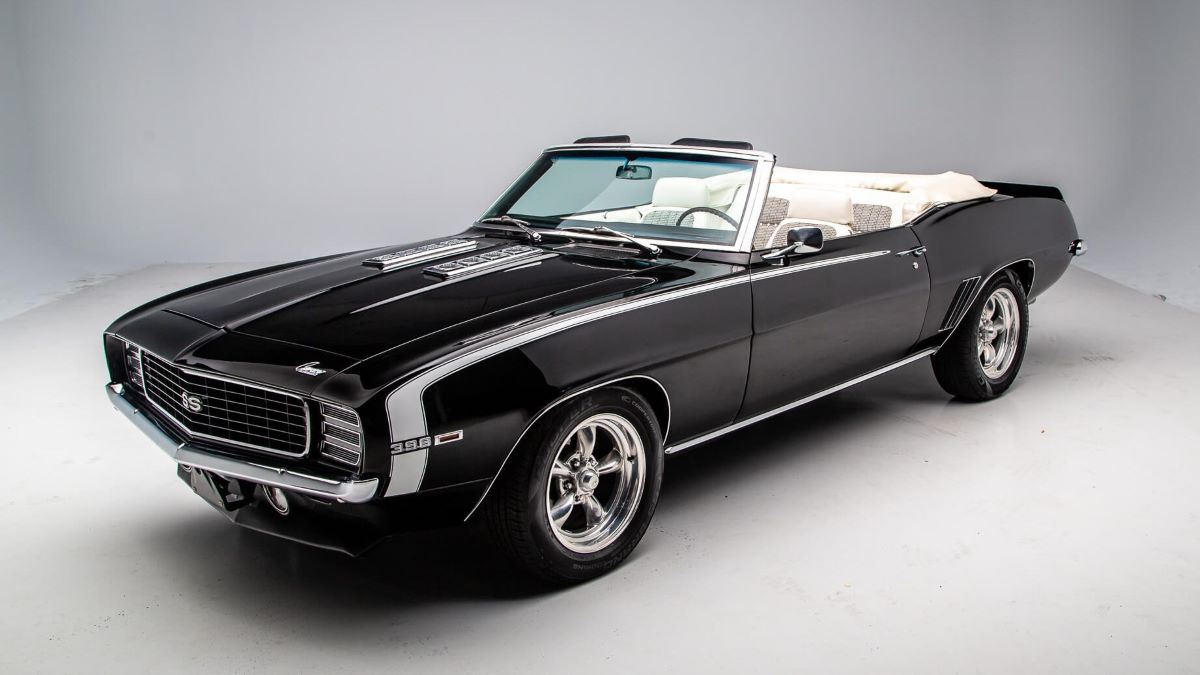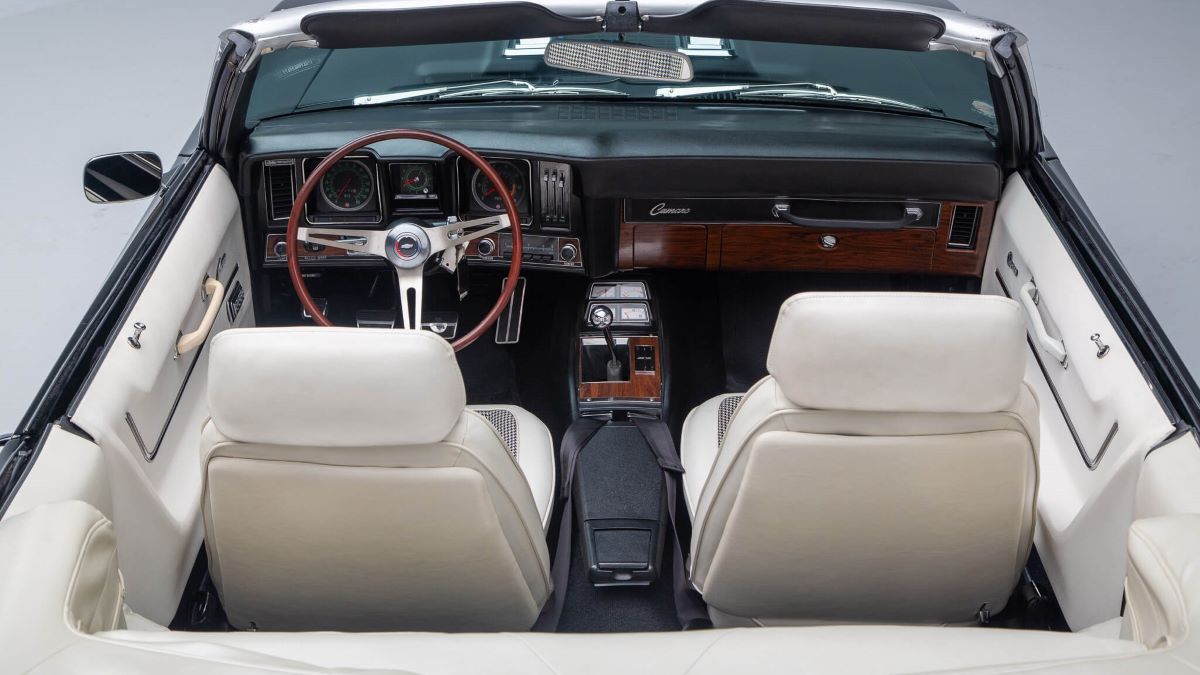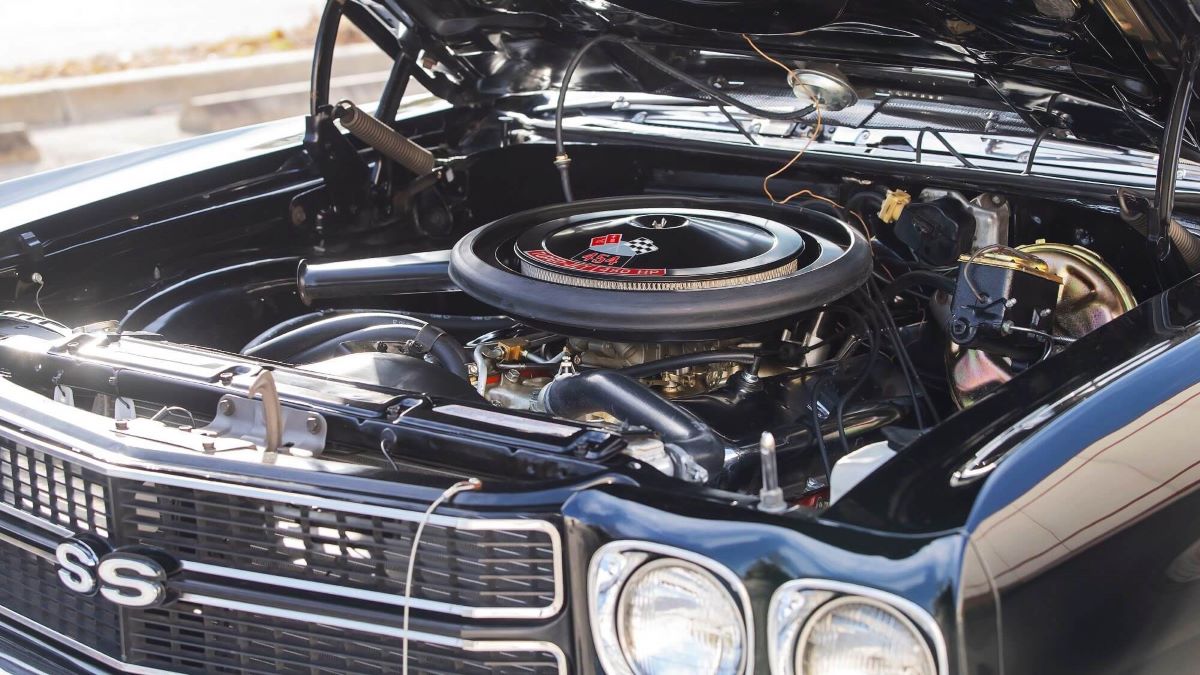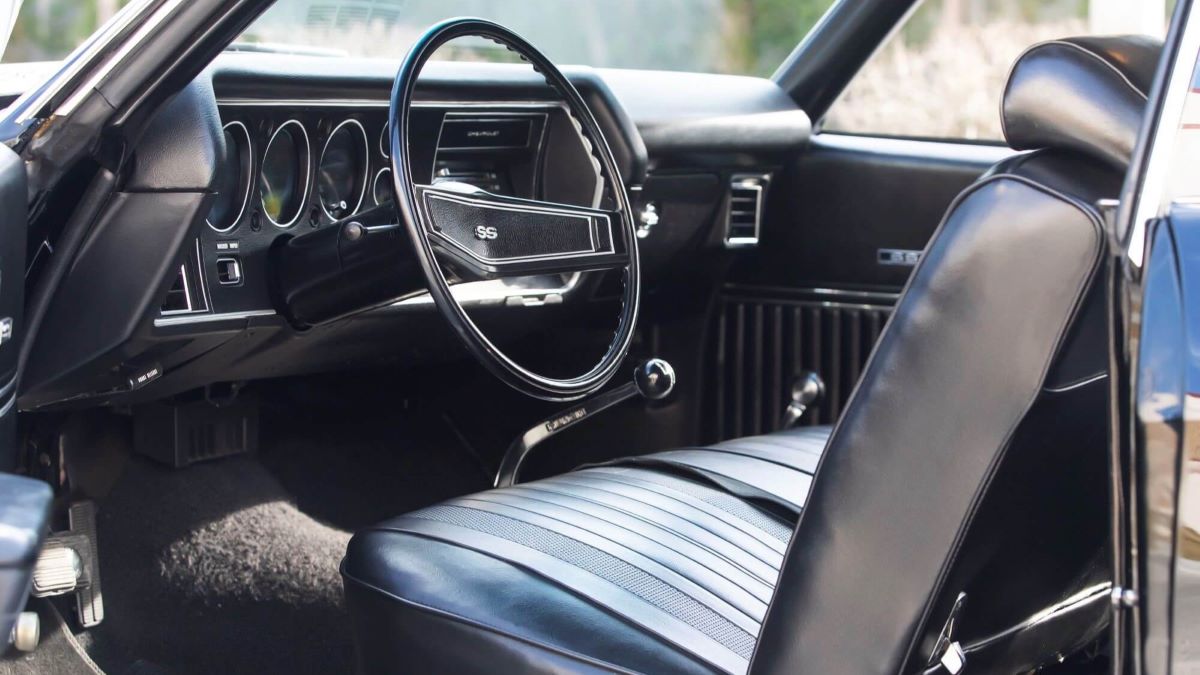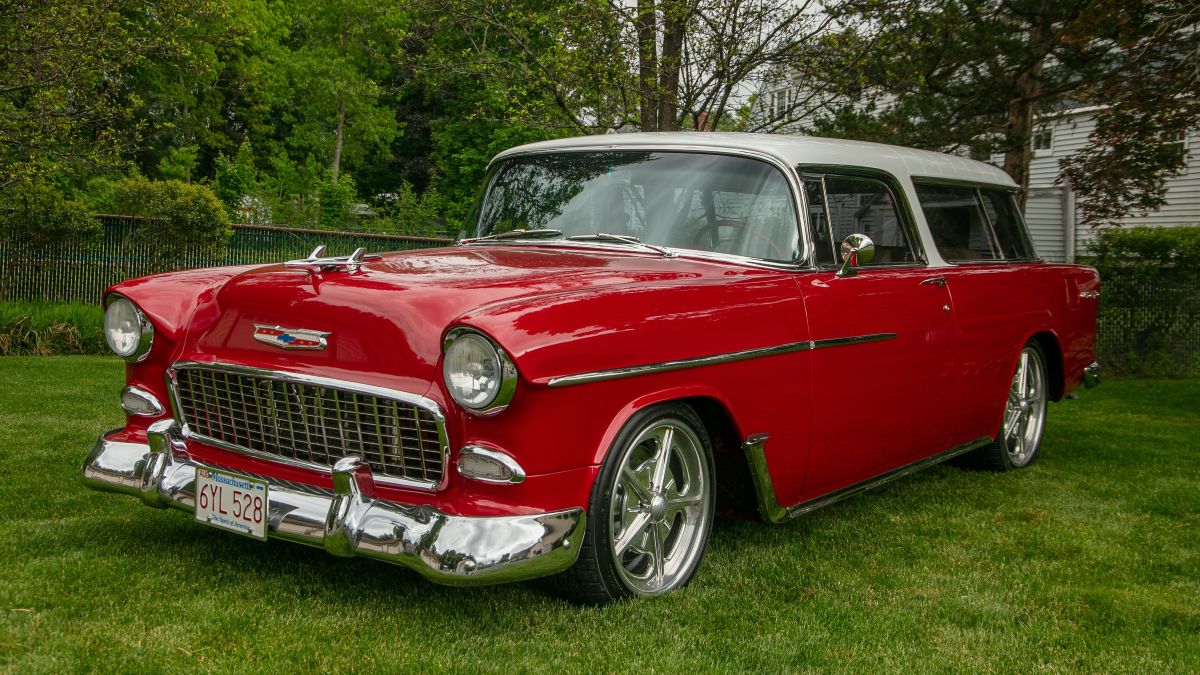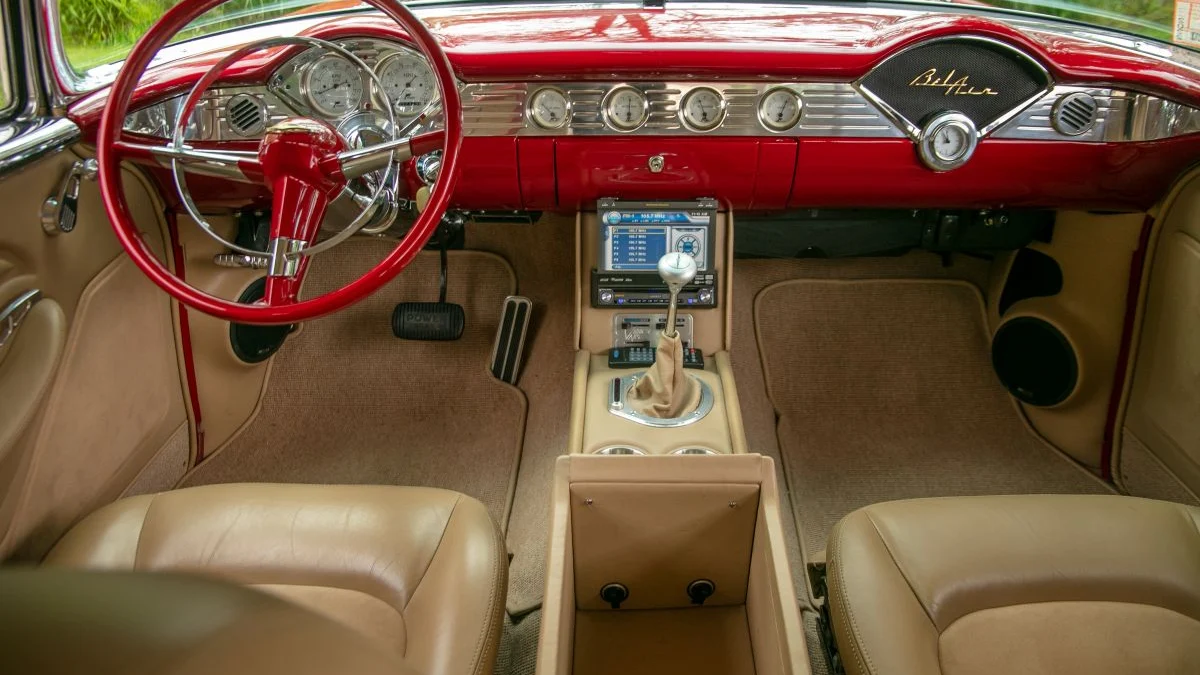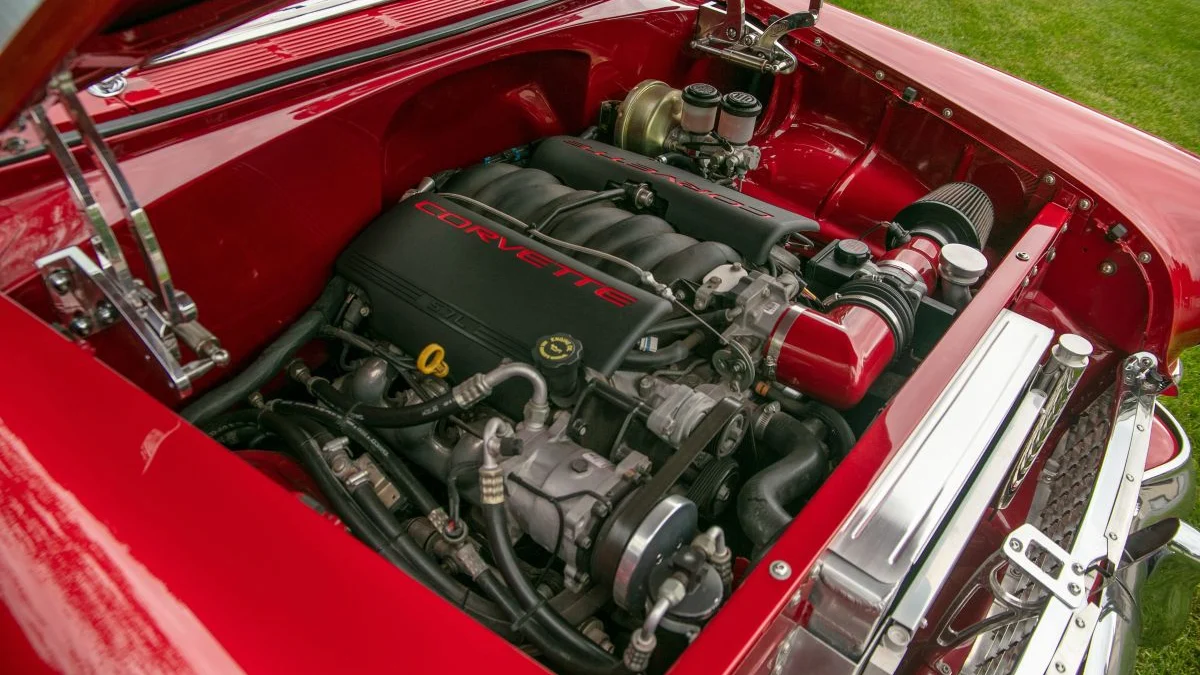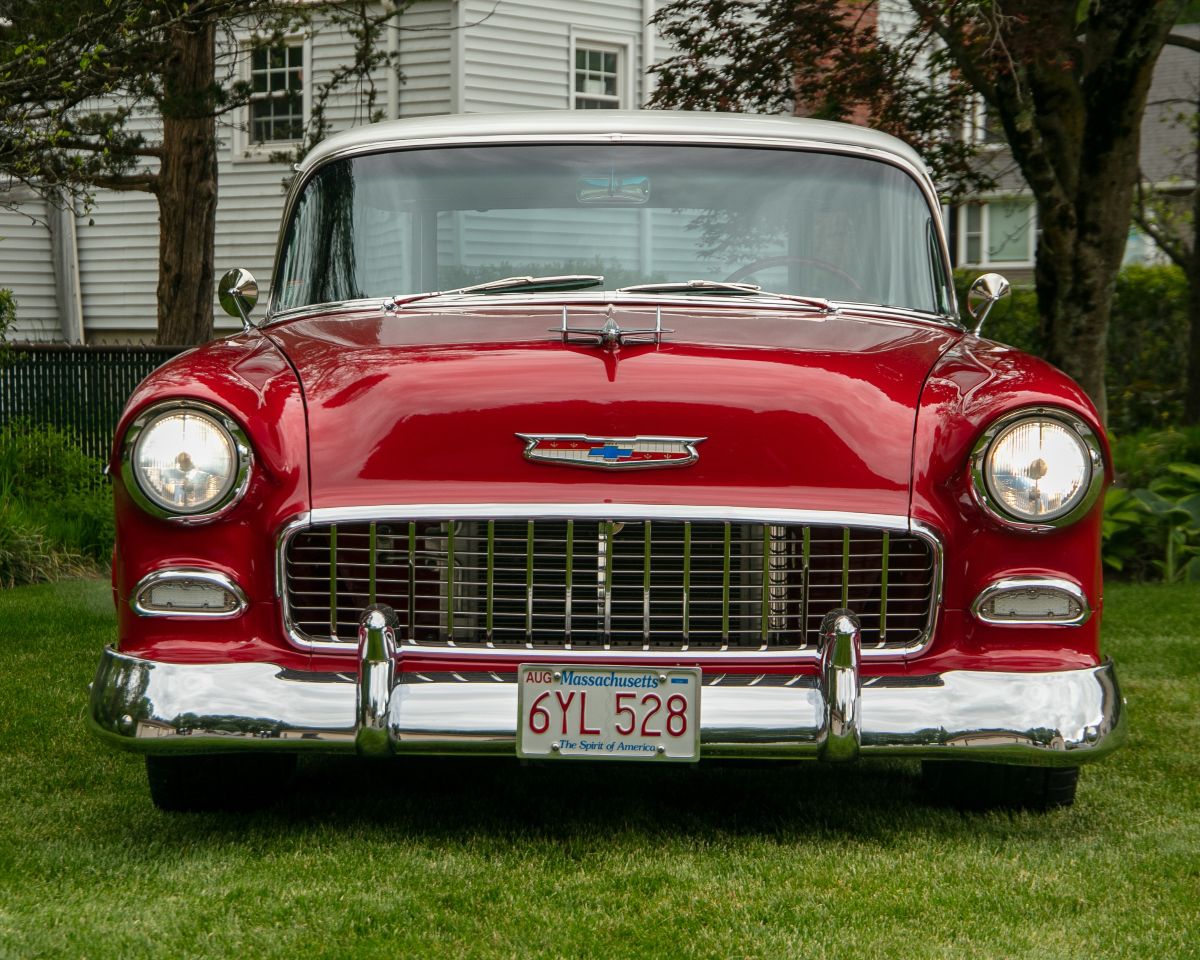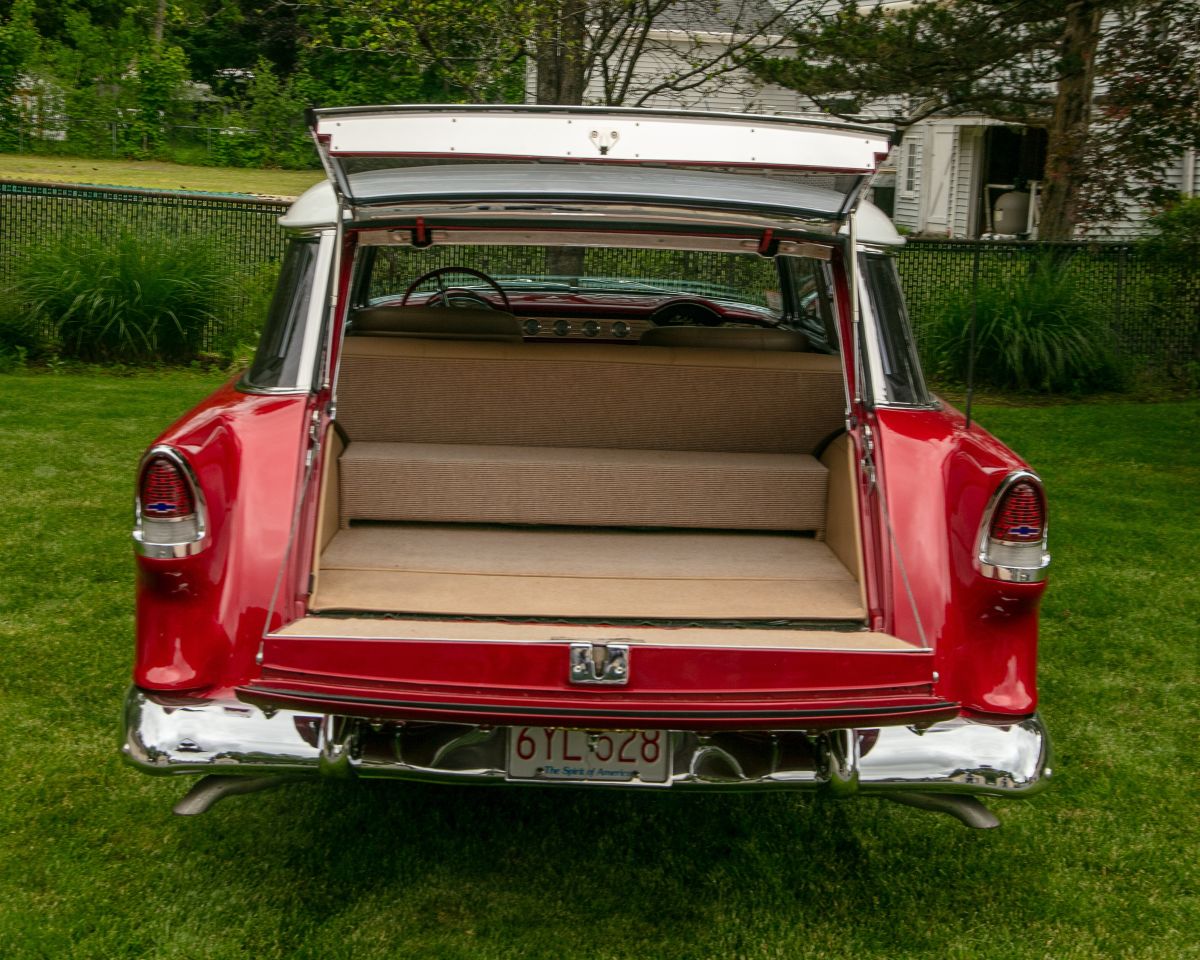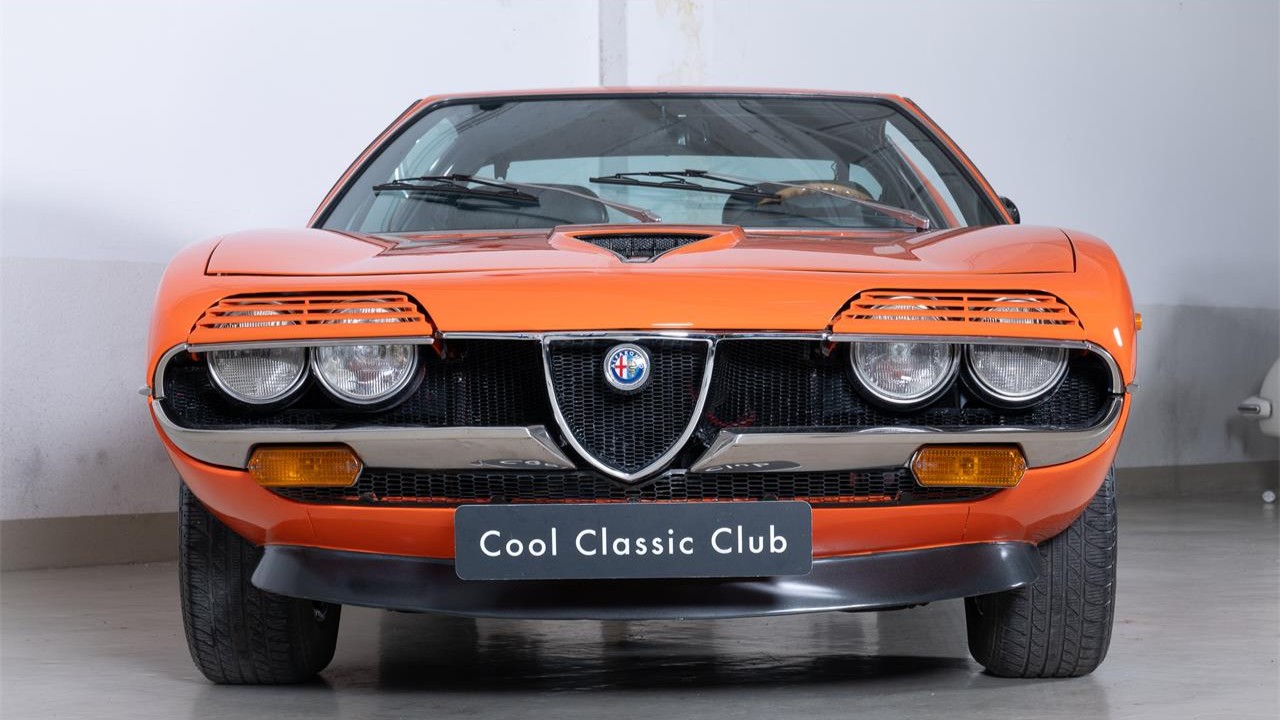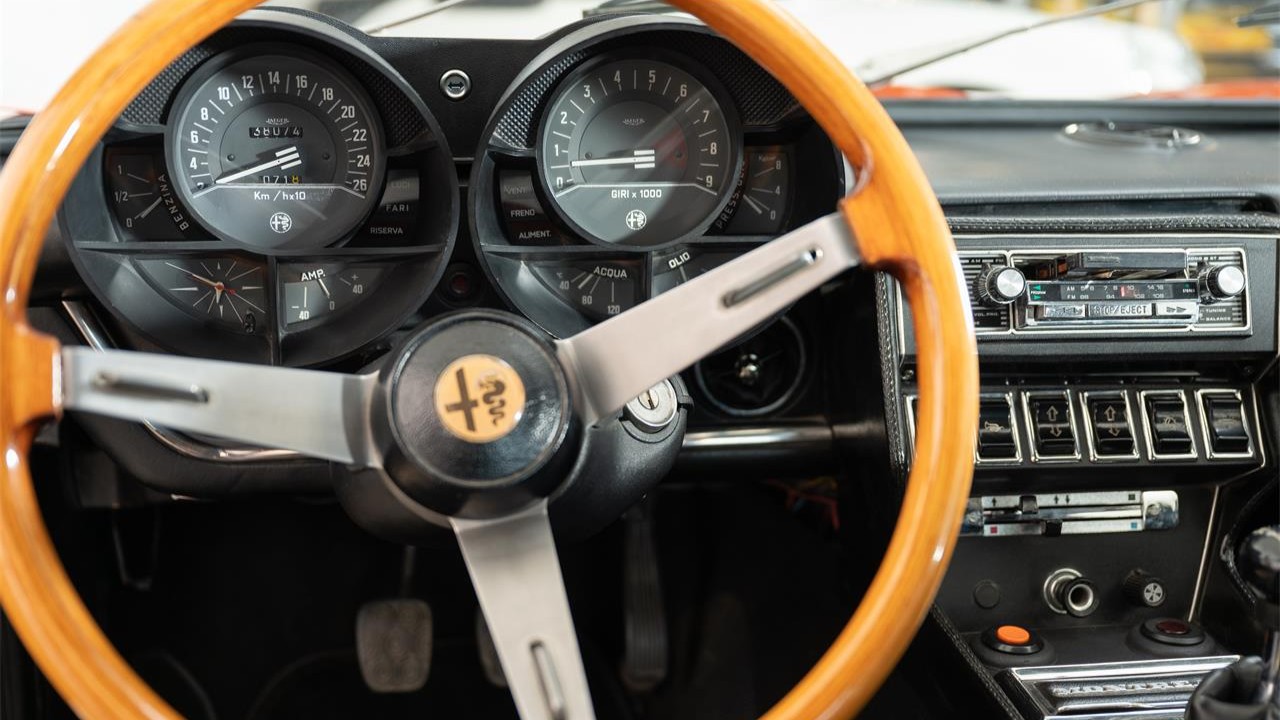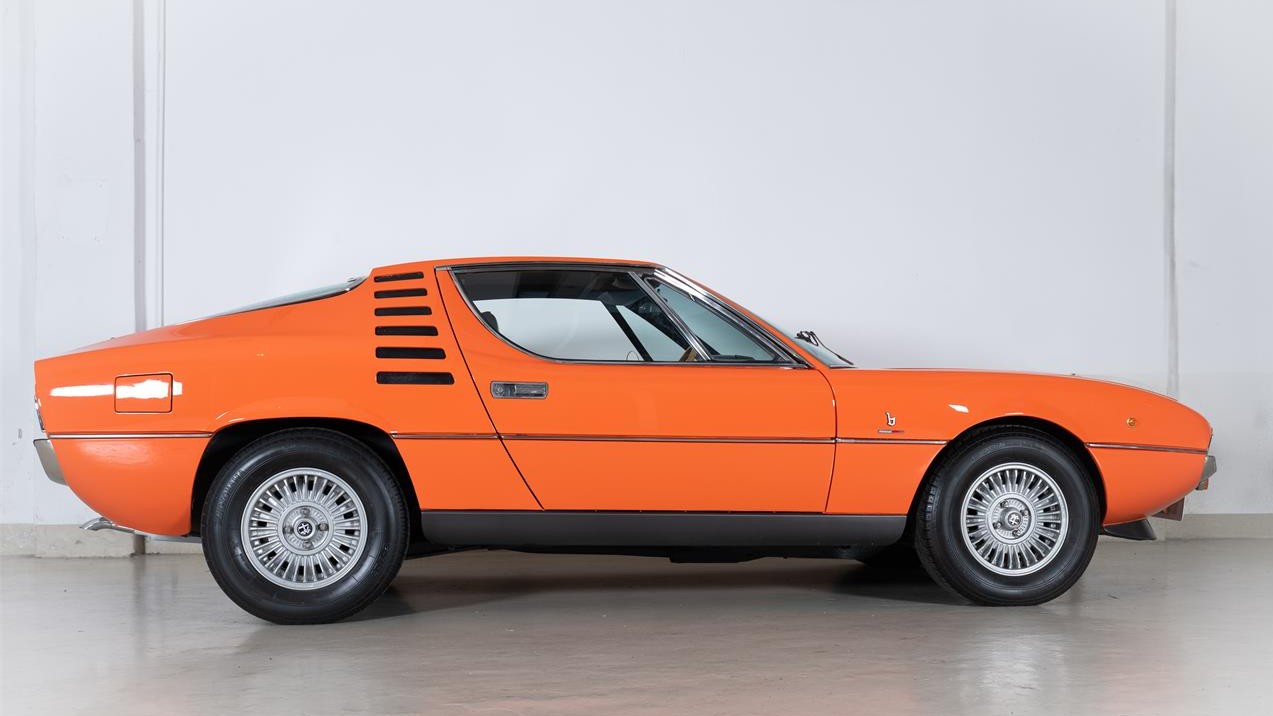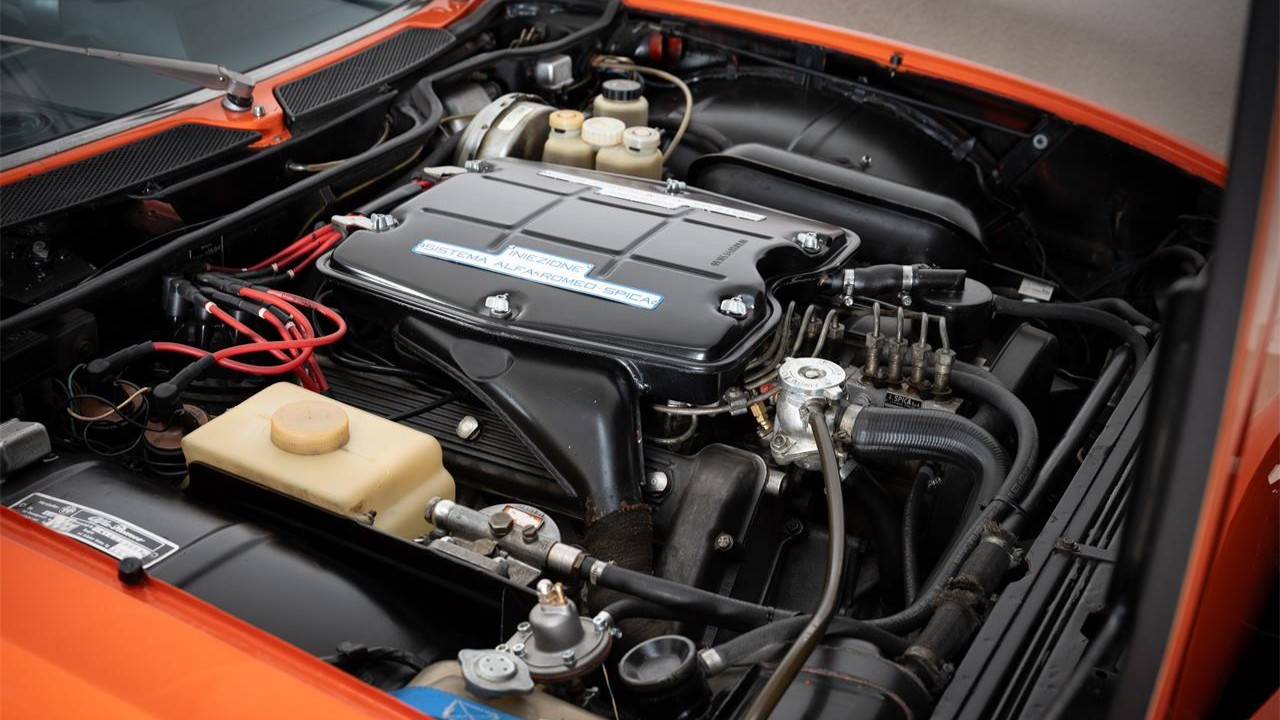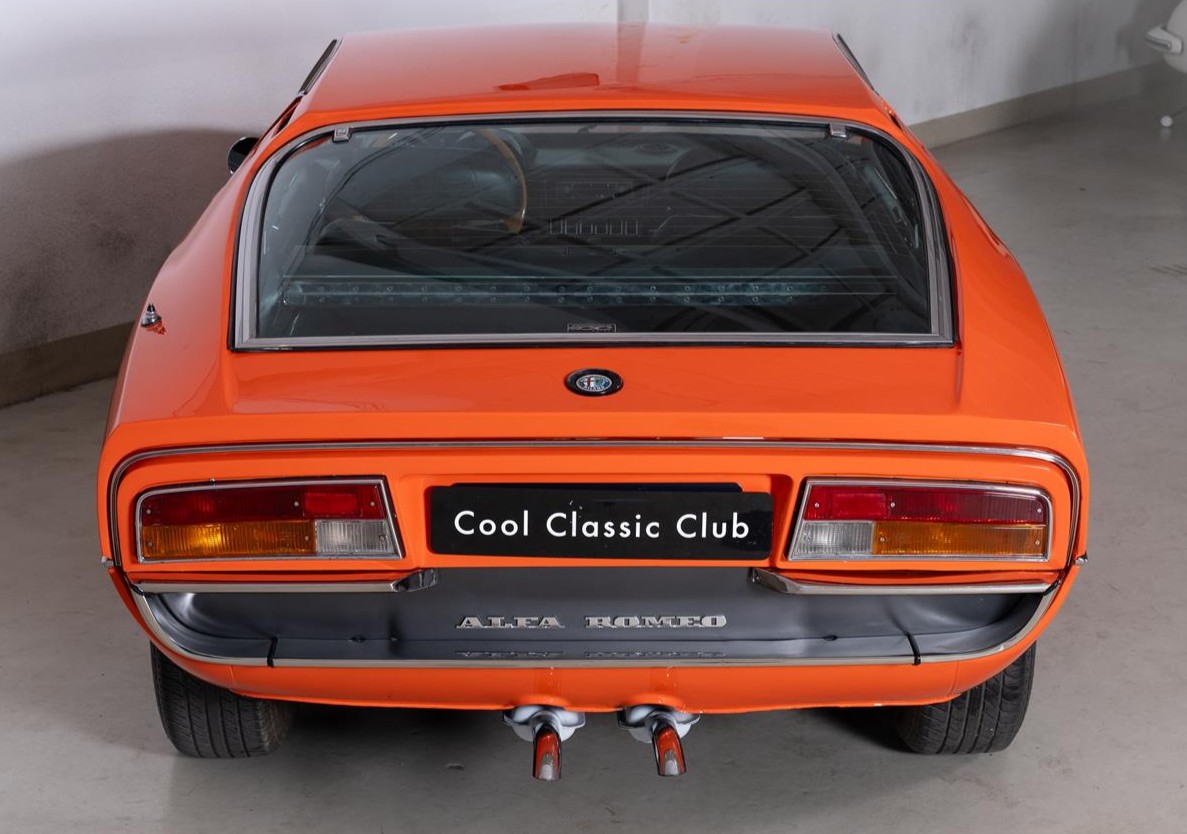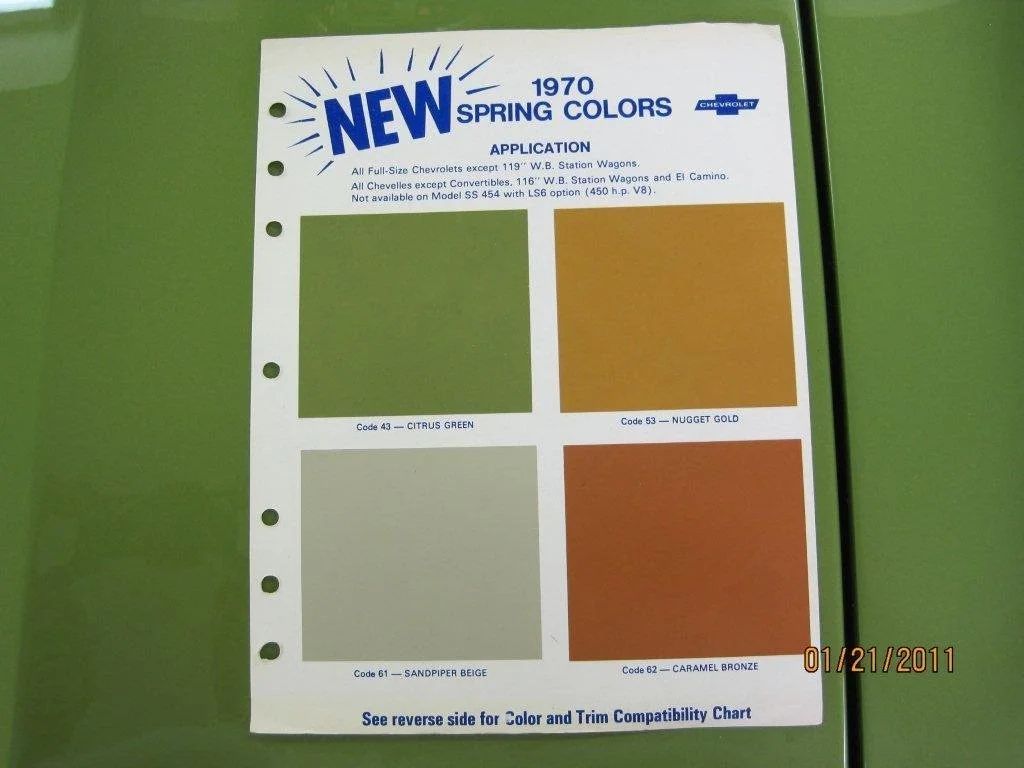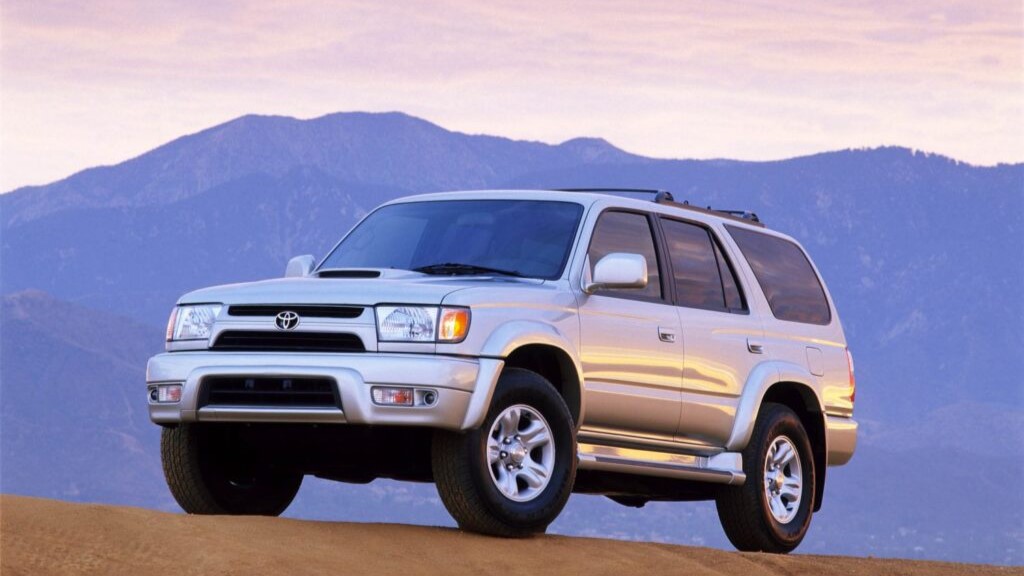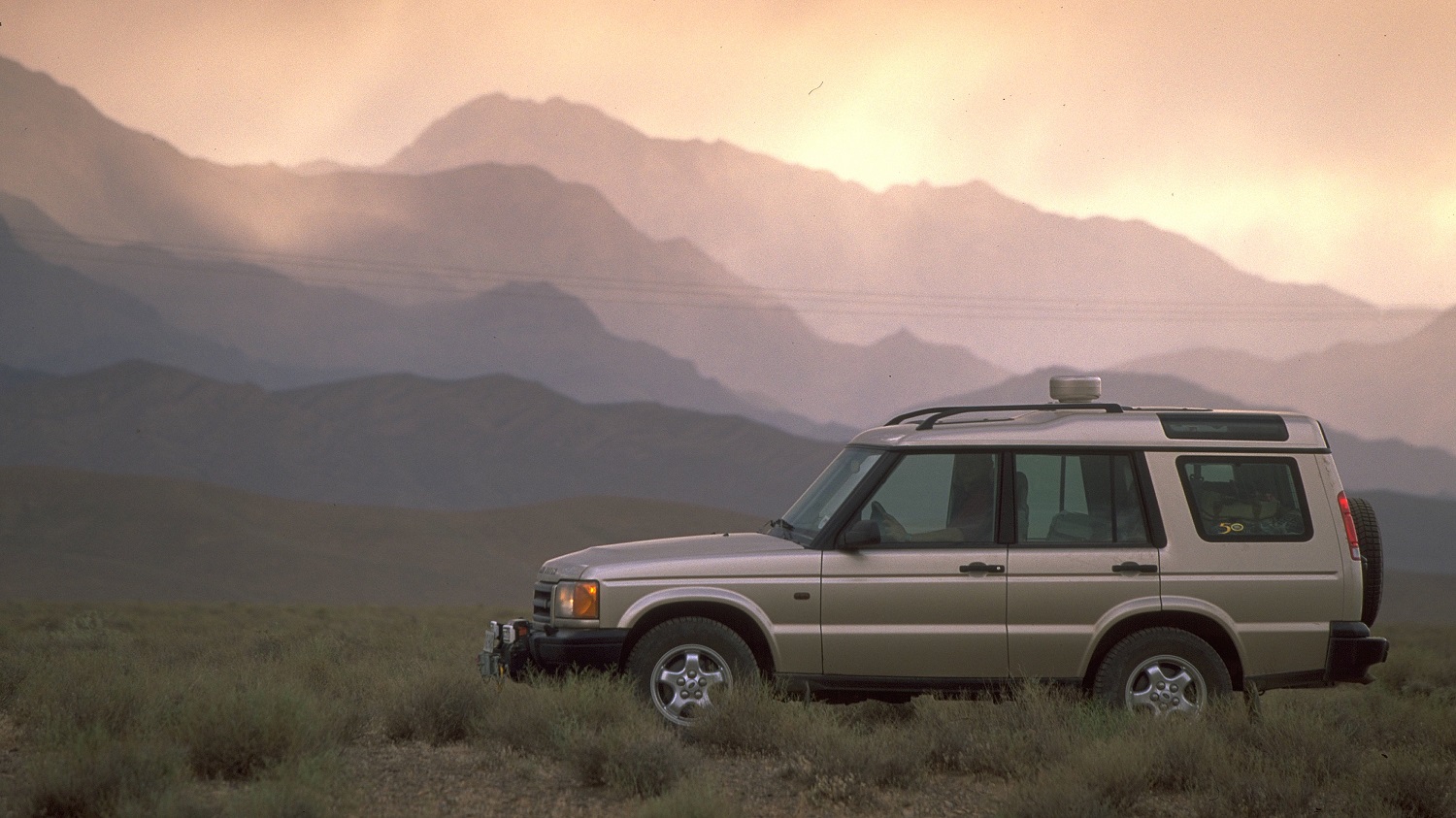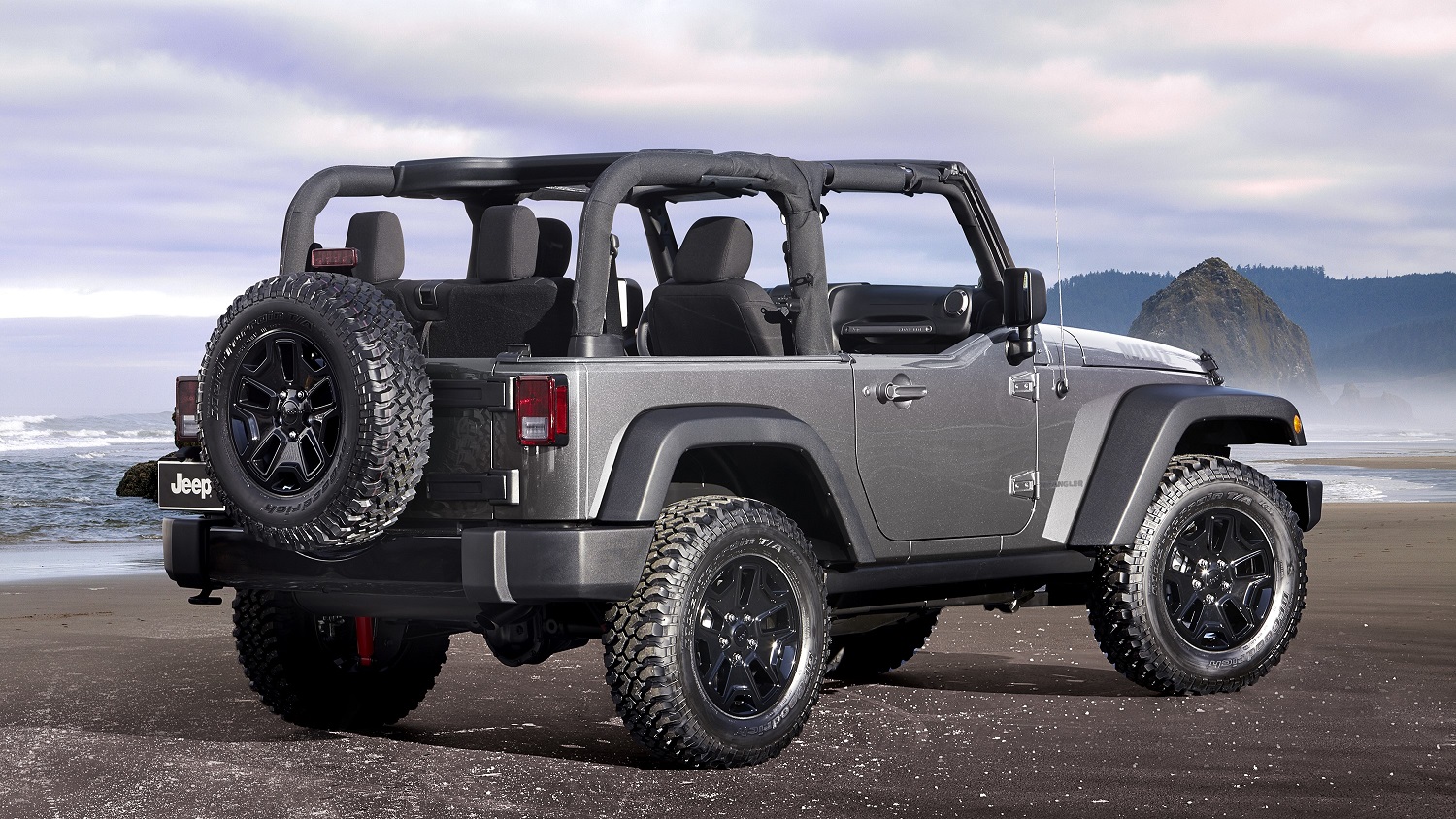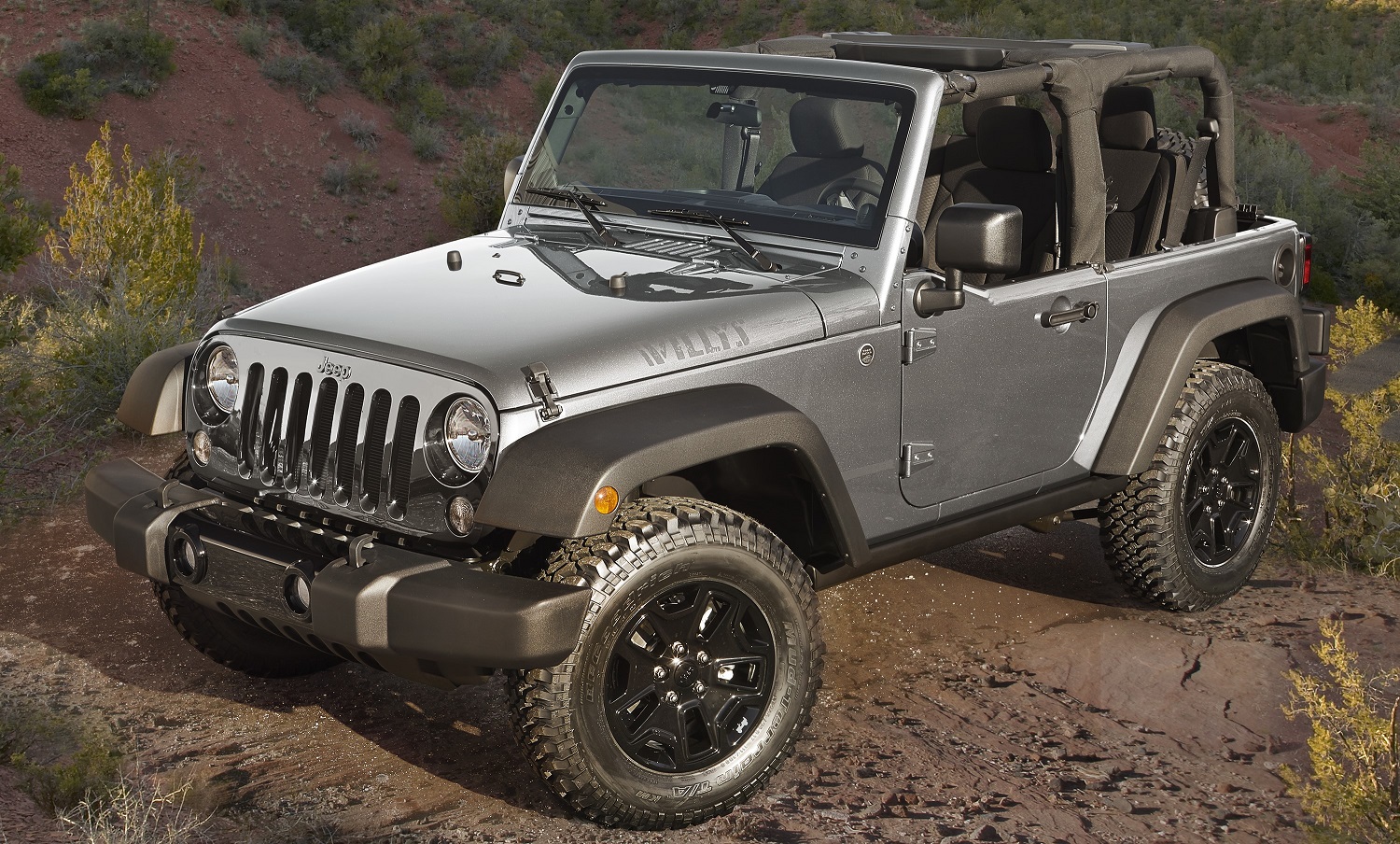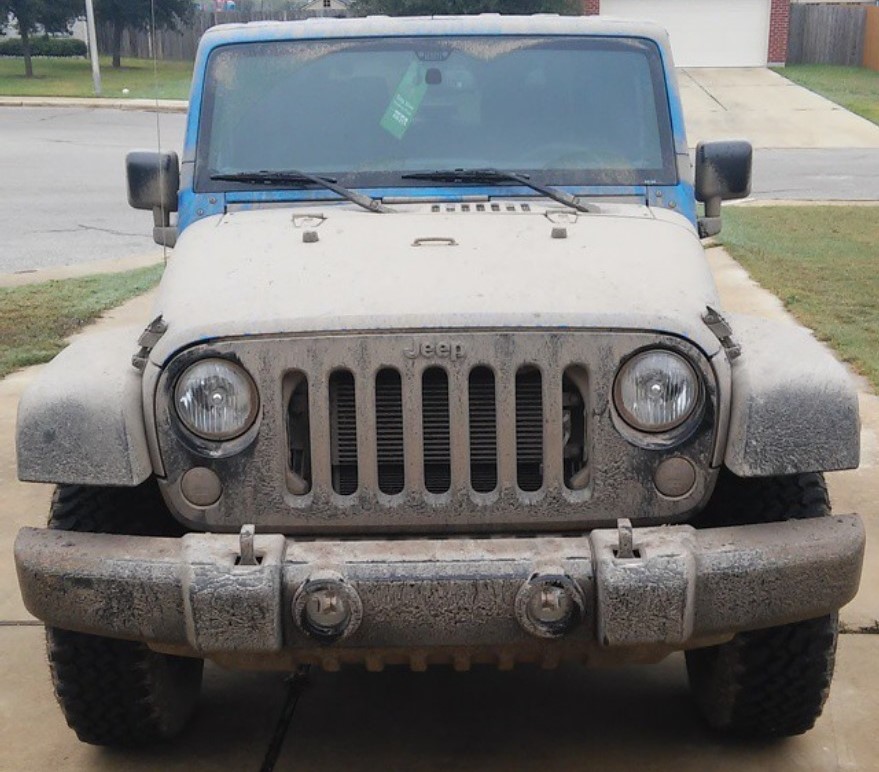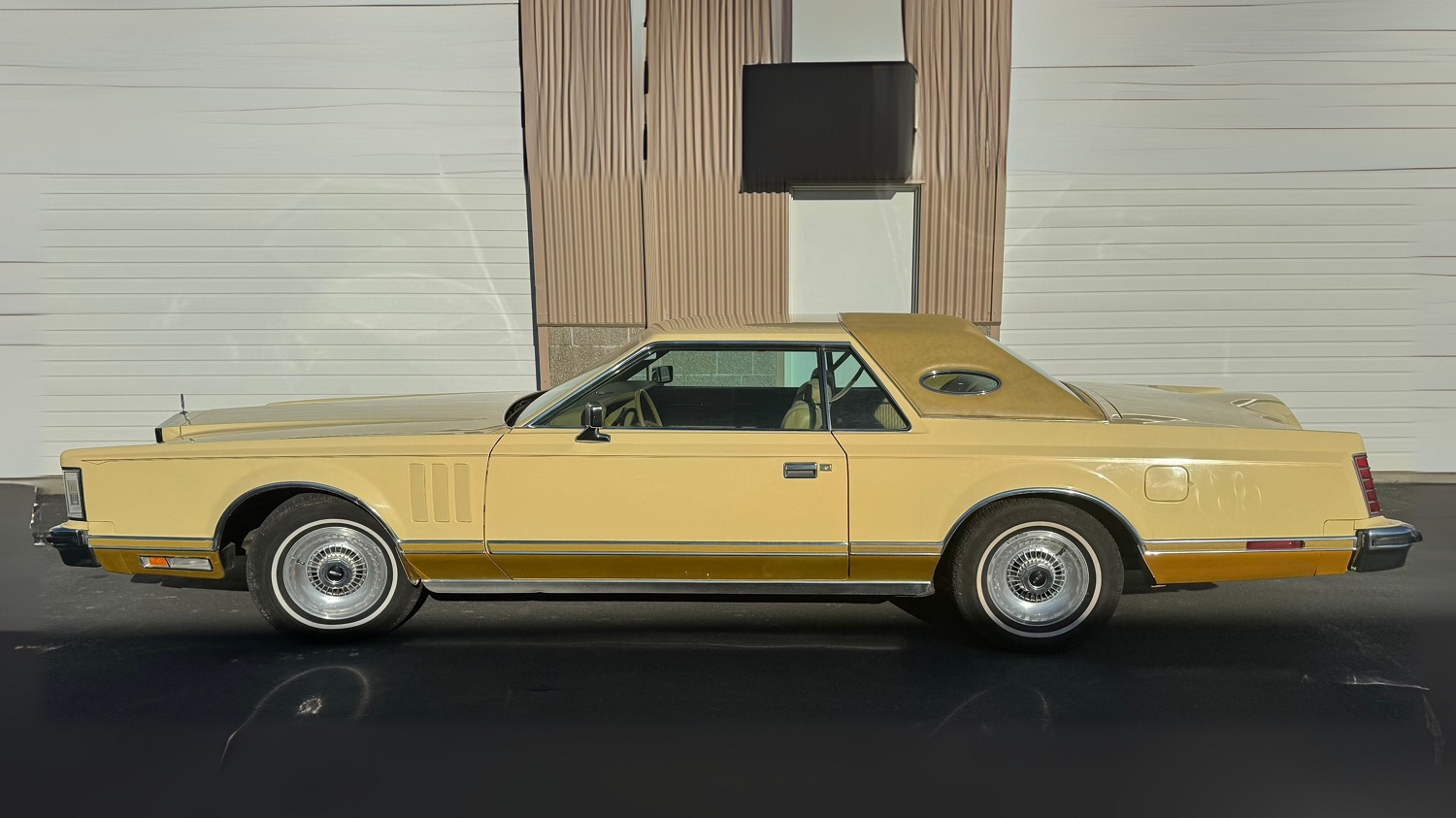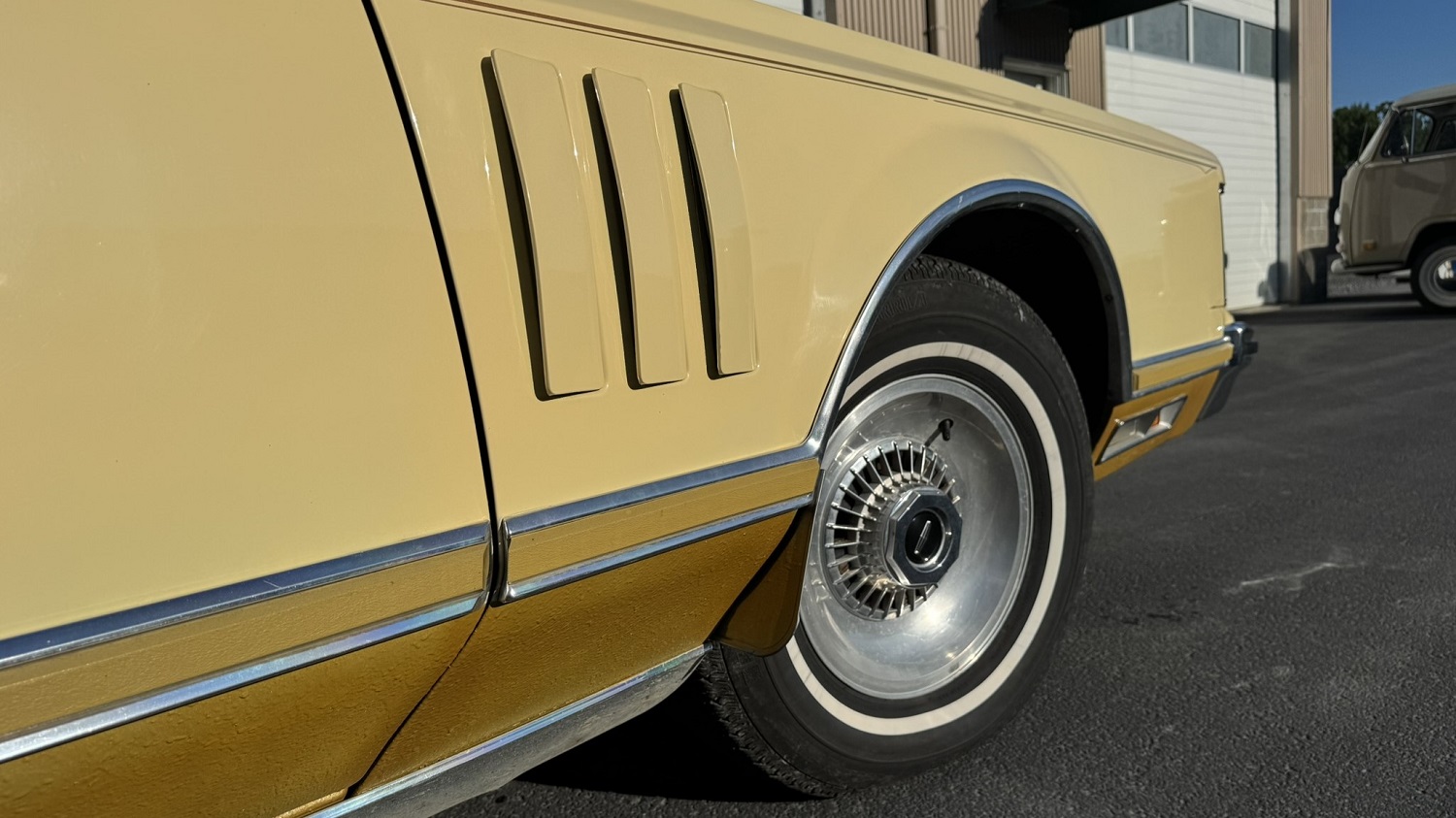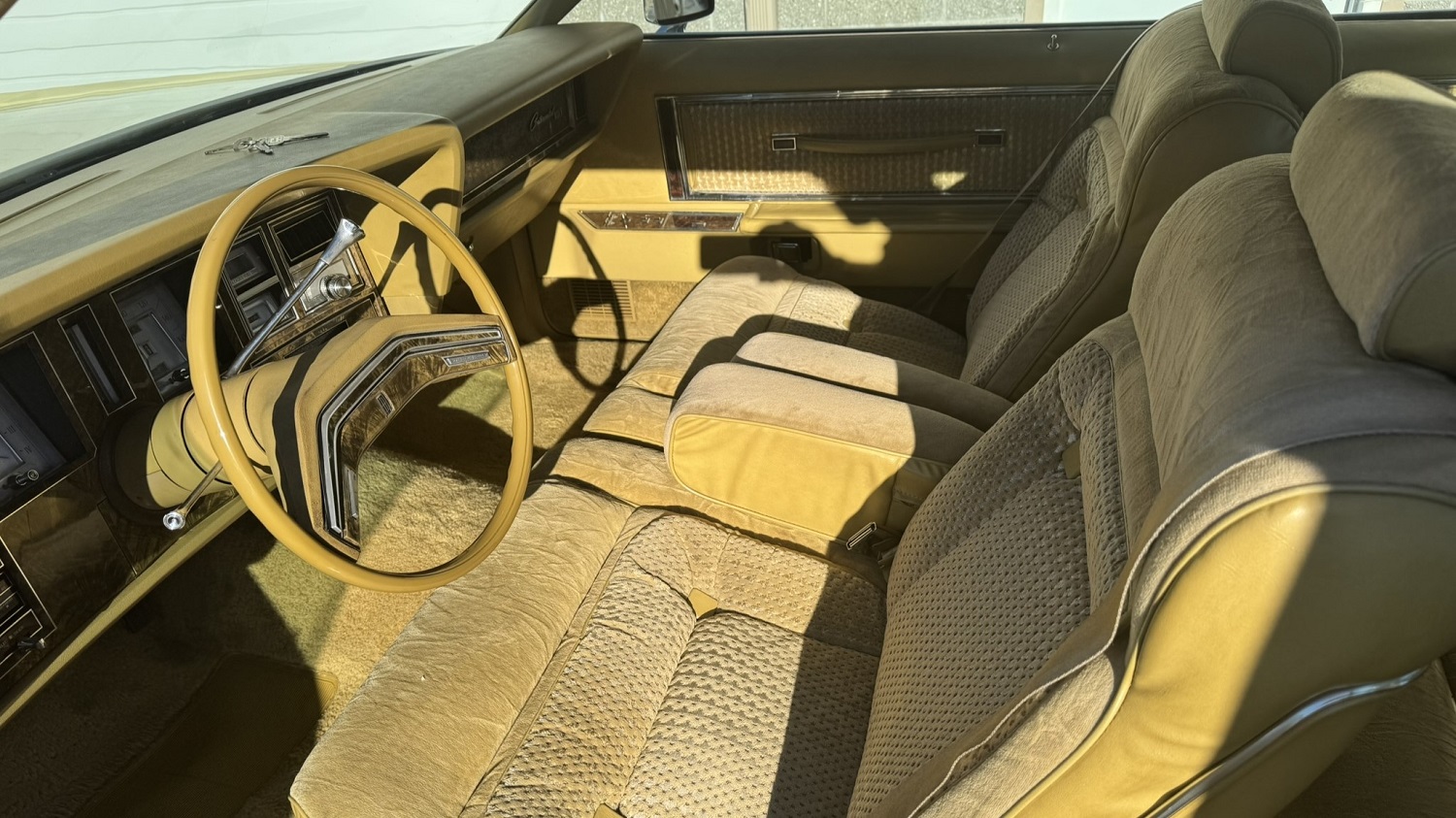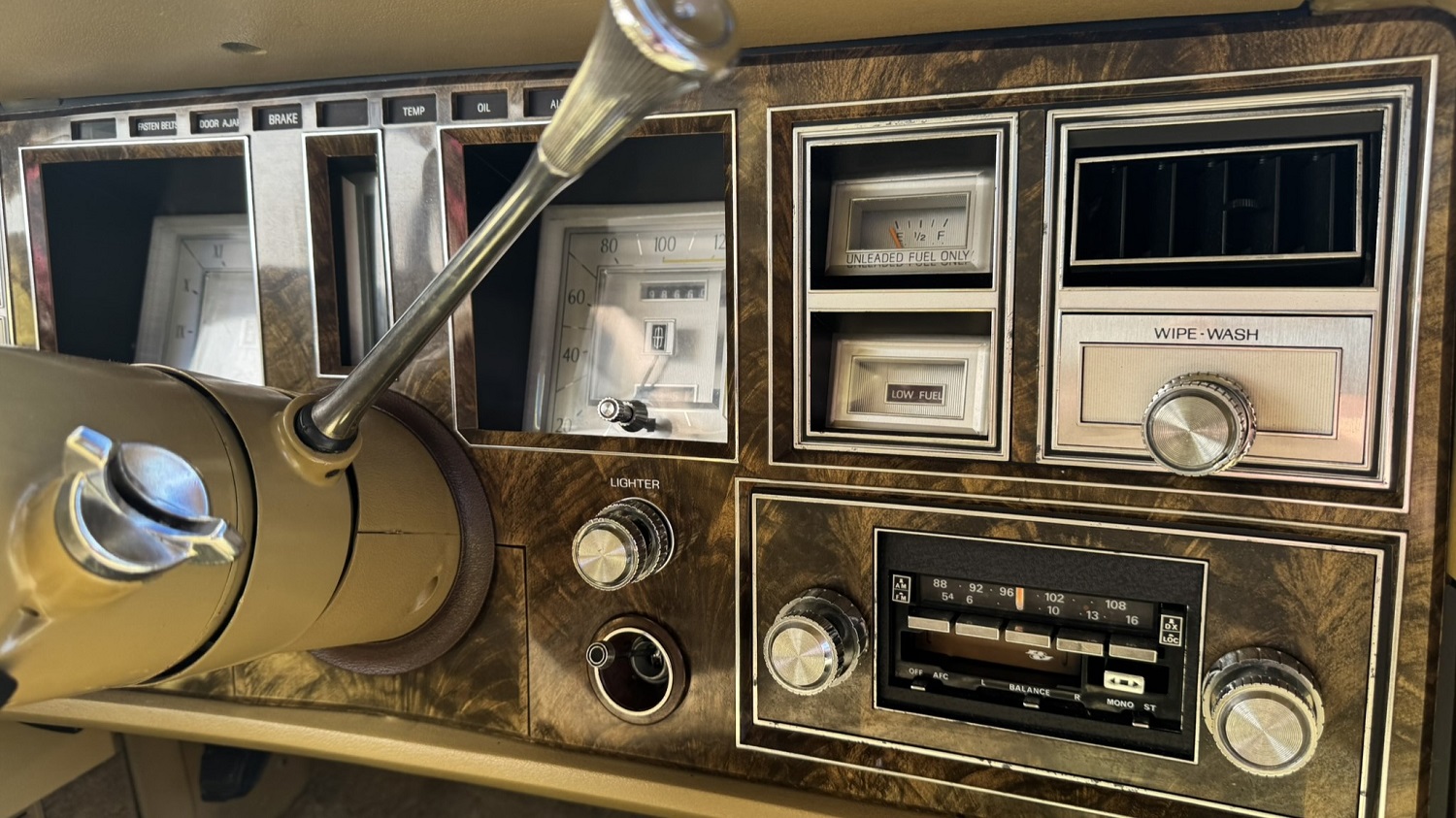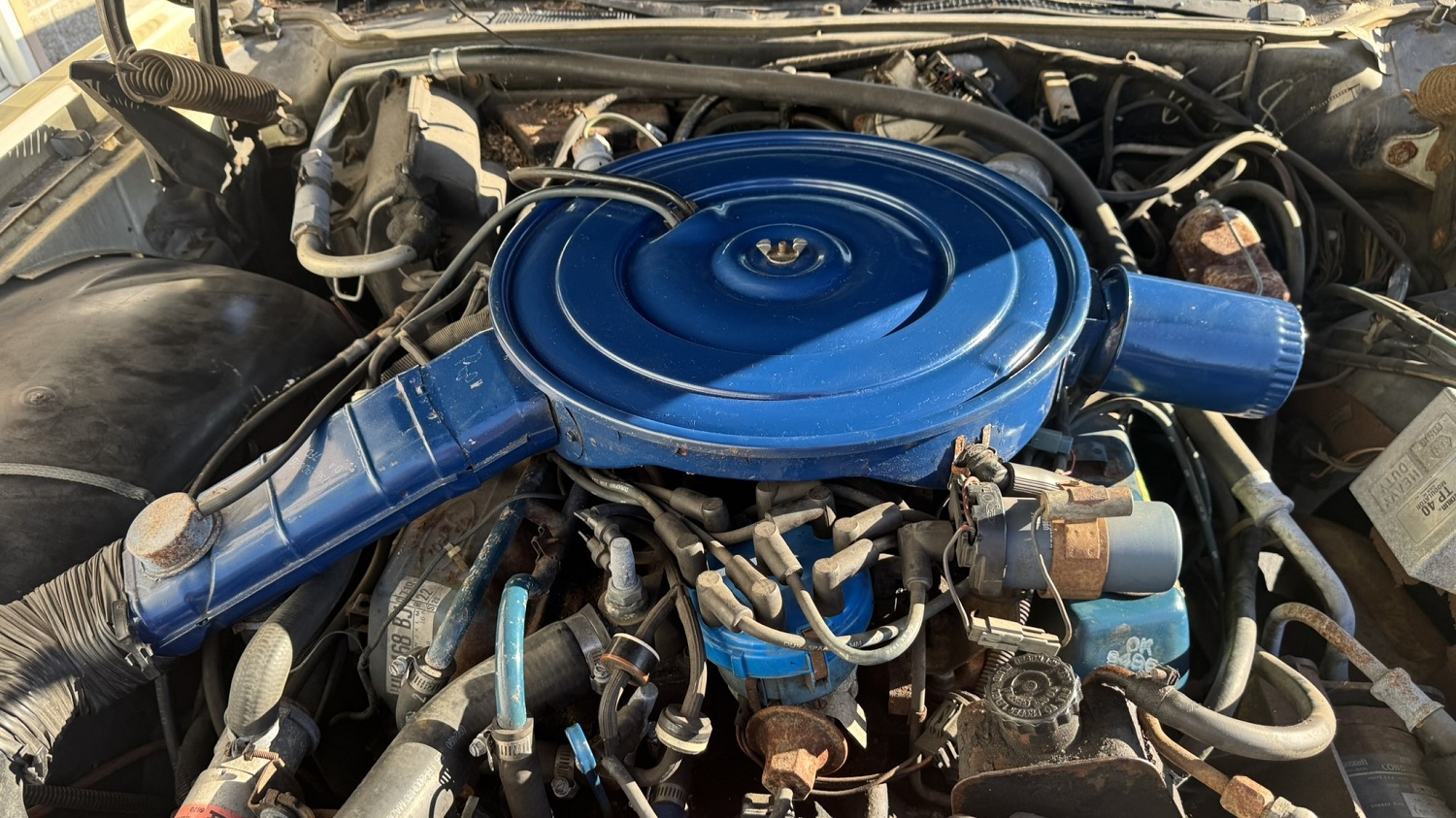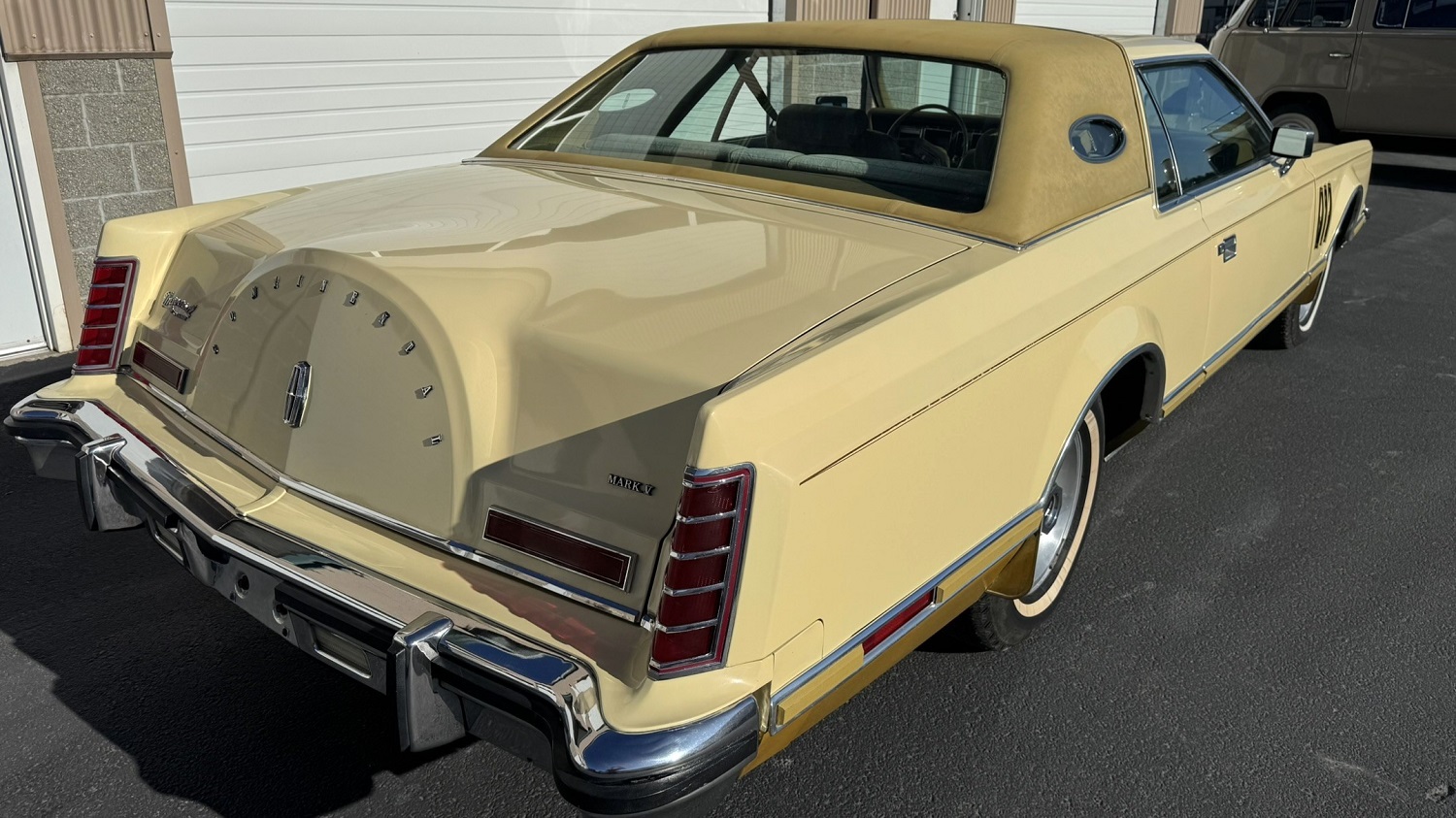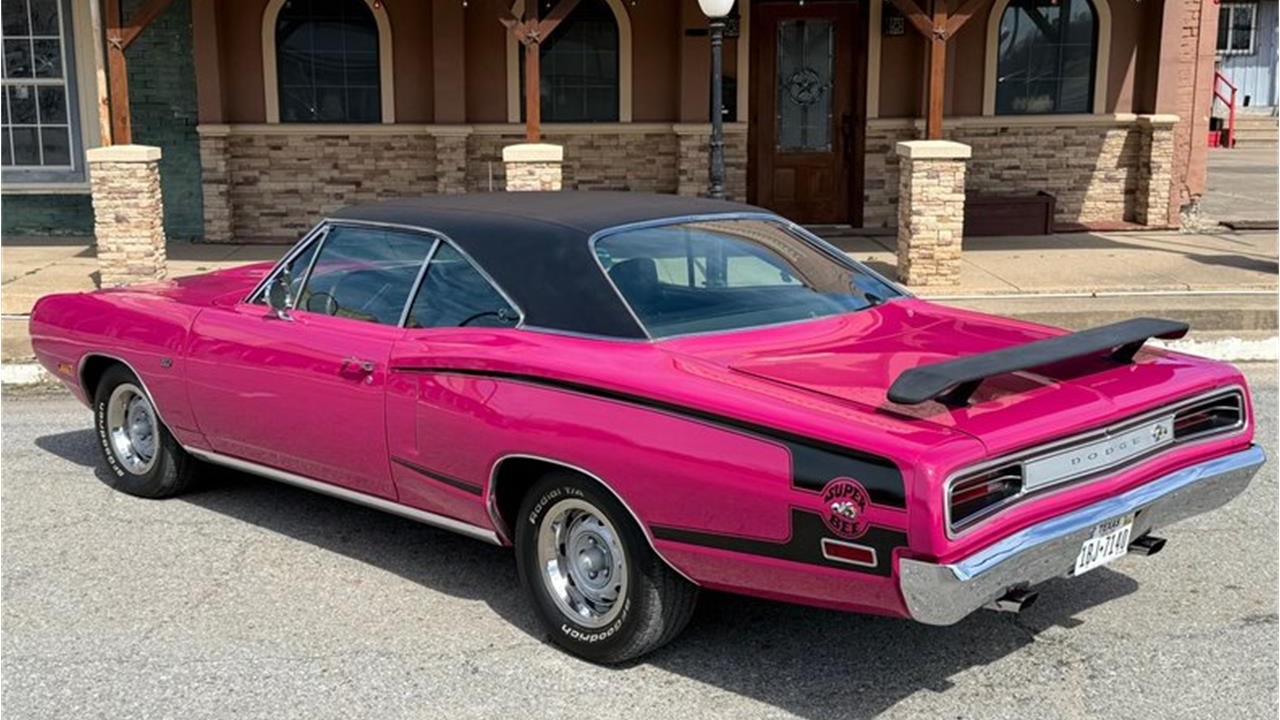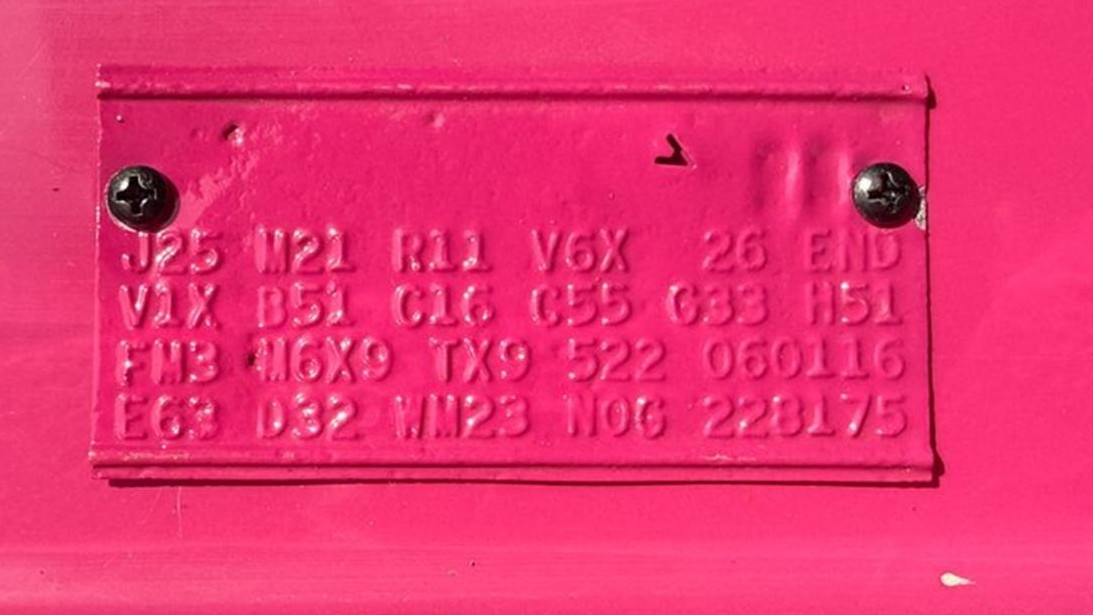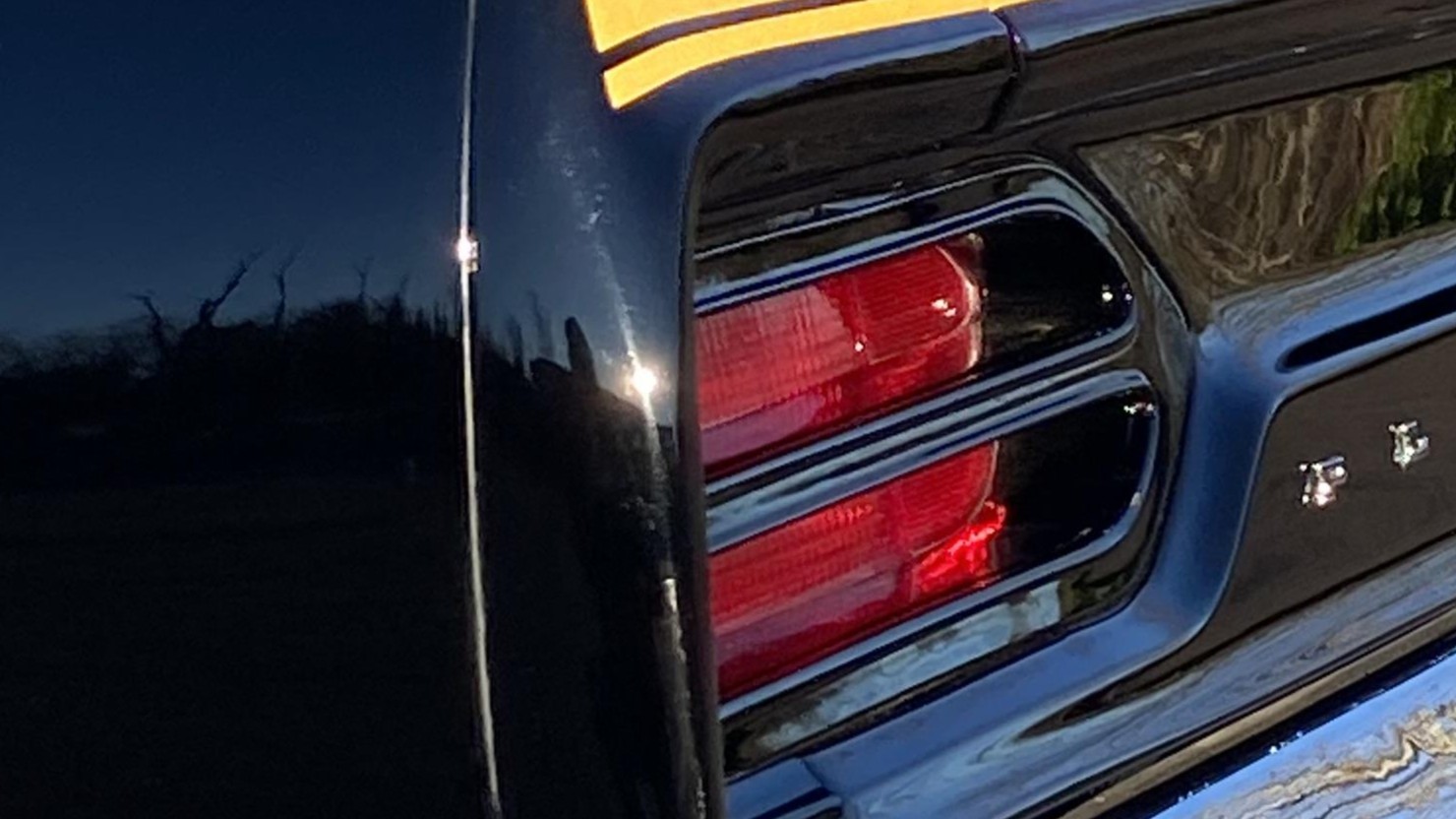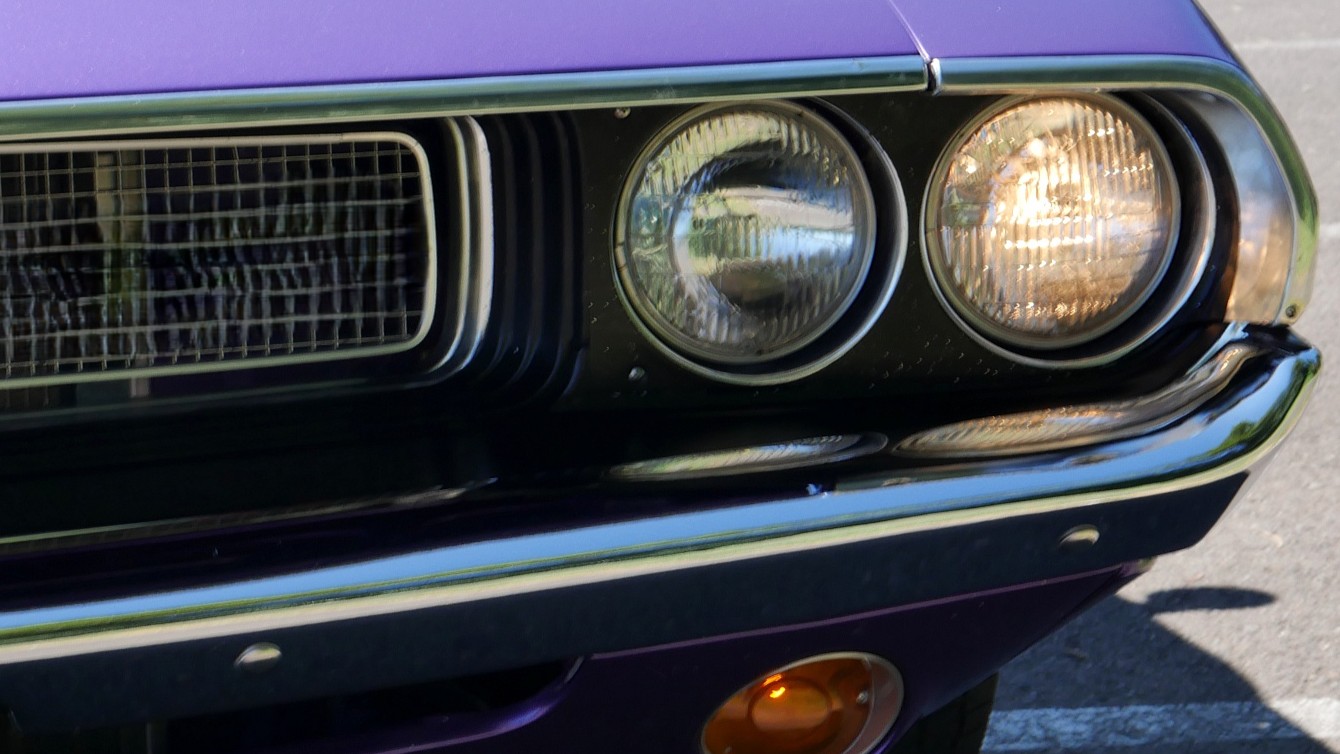Are you the kind of person who likes to get max life out of a vehicle? My 1994 Acura Legend LS will close the gap to 600,000 miles this fall on its original drivetrain, and I’ll be sharing more on that in due time. But – as some people point out – I am not the original owner of the Legend. It had about 95,000 miles on it when I took delivery in 2003, so occasionally I hear, “Those aren’t all your miles.”
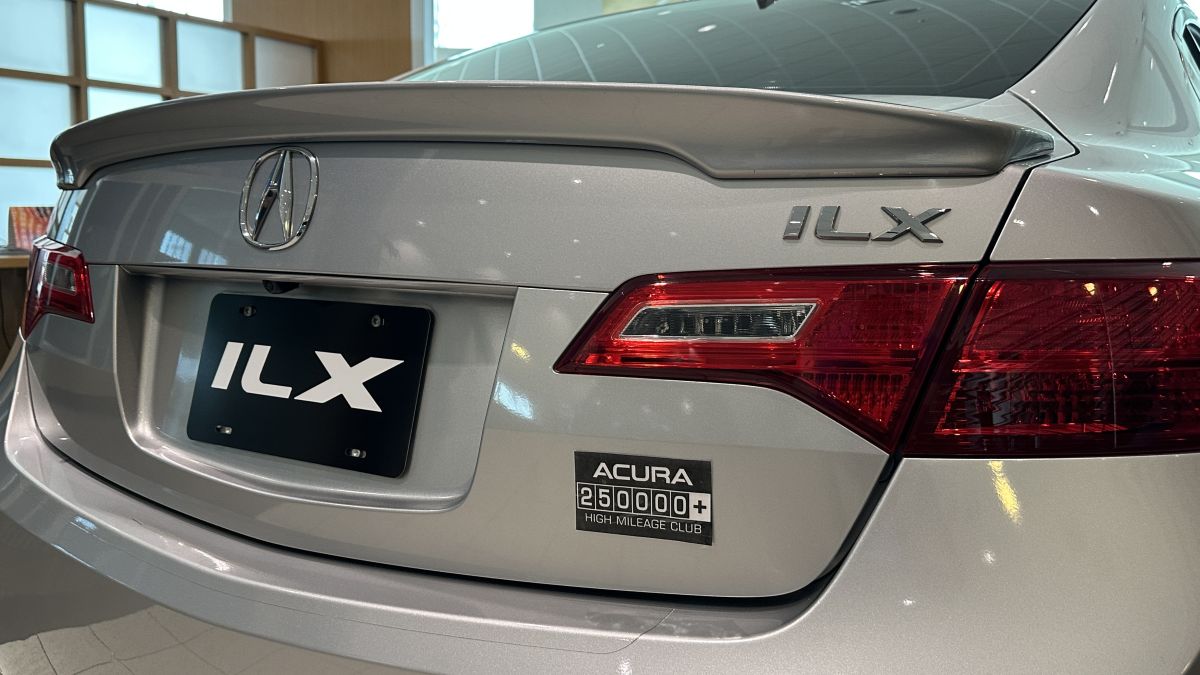
Well, I do have a car with “original owner” high miles. When I received the key on June 12, 2012, to my 2013 ILX, the car had just 16 miles on the odometer, and it has now crossed the 250,000 threshold. But I didn’t just watch the odometer flip and keep rolling. I decided to put the car inside the same showroom where the car was originally delivered – at exactly the 250,000-mile mark. Fun logistics, right?
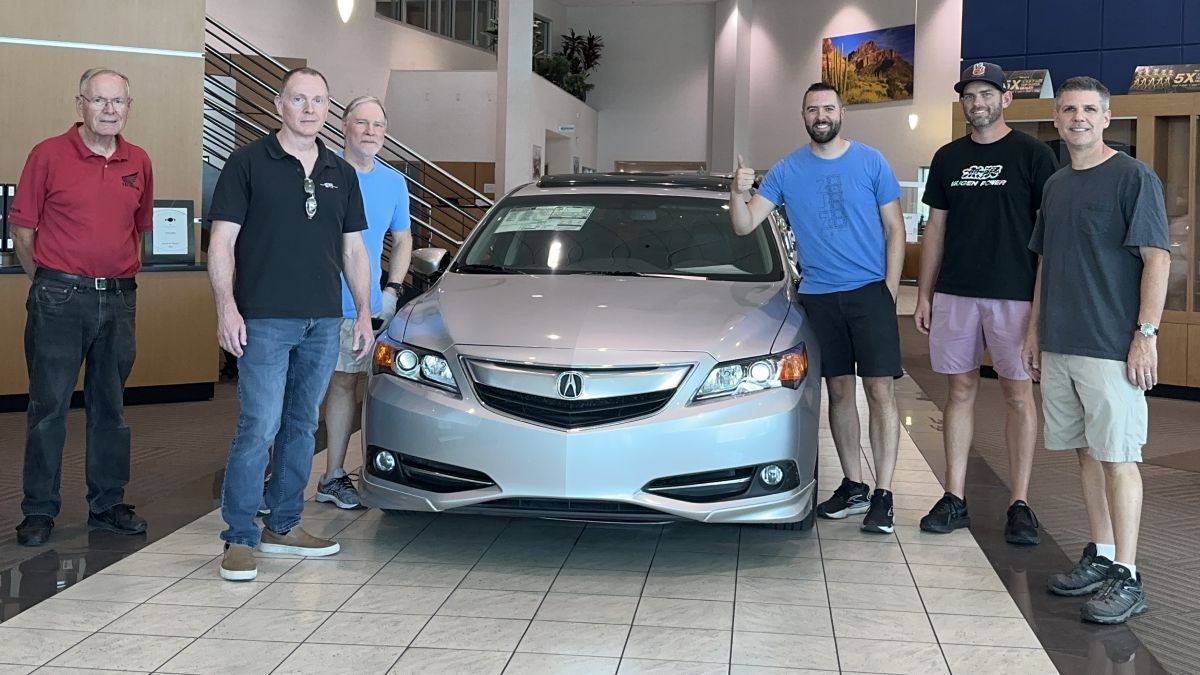
So, Acura of Tempe, Arizona, currently has a quarter-million-mile Acura ILX (on the dot!) on the showroom floor. It’s too bad the odometer is digital; passers-by won’t know its achievement unless they stop to read the signage I put on the dash – and the cheesy sticker I put on the trunk lid.
By way of backstory, Acura (or should I say, American Honda) gave me the ILX for free when it was new. Initially, the arrangement (though informal at best) was that I would blog about the car on my website, Drive to Five, for one year as a sort of promotional effort. By the end of that year, the car had already accrued about 54,000 miles on the odometer. In fact, it was out of warranty before it was even one-model-year old. Acura didn’t ask for the car back. They mailed me the title instead, and I kept driving it.
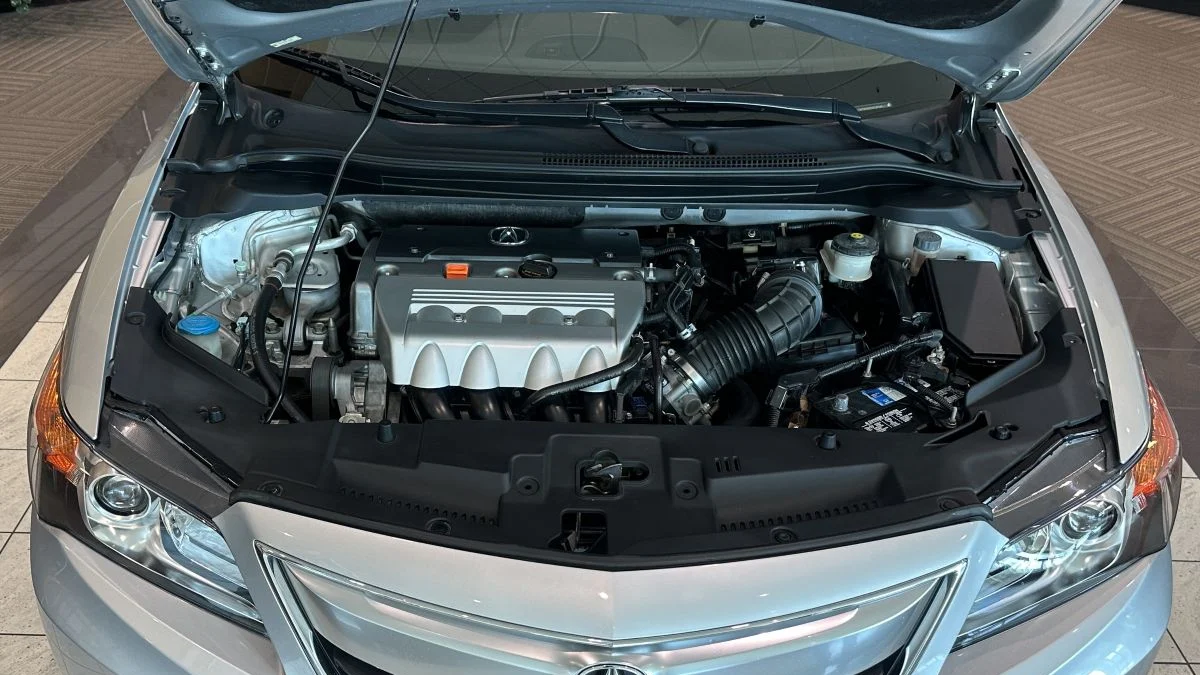
The ILX, at least in the trim package I ordered, is powered by Honda’s bulletproof “K24” 2.4-liter iVTEC inline-four paired with a six-speed manual transmission. Where did I pick up all those miles? My longest-distance trip was a 2016 drive from Arizona to the Arctic Circle of Alaska and back. That adventure came out to around 8,000 miles and took me a couple of weeks. The car has been remarkably cost-efficient to maintain – it’s all been documented in an Excel spreadsheet, so I took the liberty of carving out some statistics for the data-nerds in the audience.
- Total miles: 250,000
- Average annual miles: 19,230
- Average oil change interval: 7,142
- Oil type used: 0W20 synthetic
- Oil changes: 36
- Brake pad sets: 2 rear, 1 front
- Transmission fluid changes: 2
- Recalls: 2 (door latches, airbag)
- Warranty claims: 0
- Batteries: 4
- Starters: 1
- Windshields: 2
- Radiators: 1
- Water pumps: 1 (preventative only)
- Total spent in maintenance: $16,071
- Cost per mile: 6.3 cents
- Average fuel economy: 32 mpg
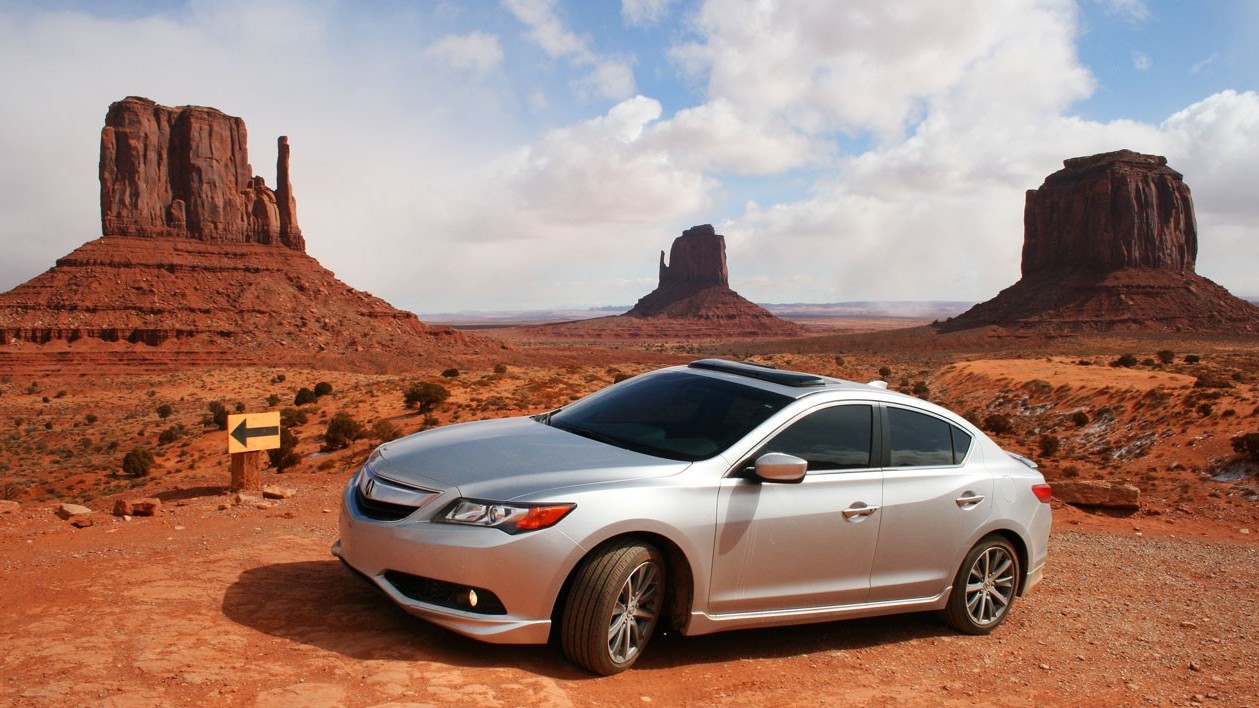

I had the headlight assemblies replaced for purely cosmetic reasons – the plastics were showing some wear after over a decade in Arizona; I’d tried DIY refinishing, but it never seemed to last. Remaining original to the car are its engine, transmission, clutch, suspension, axles and many other components. I would trust it to the moon – again (since it’s already driven that distance once).
What about you – have you had a long-lived vehicle? What was your secret to success?

